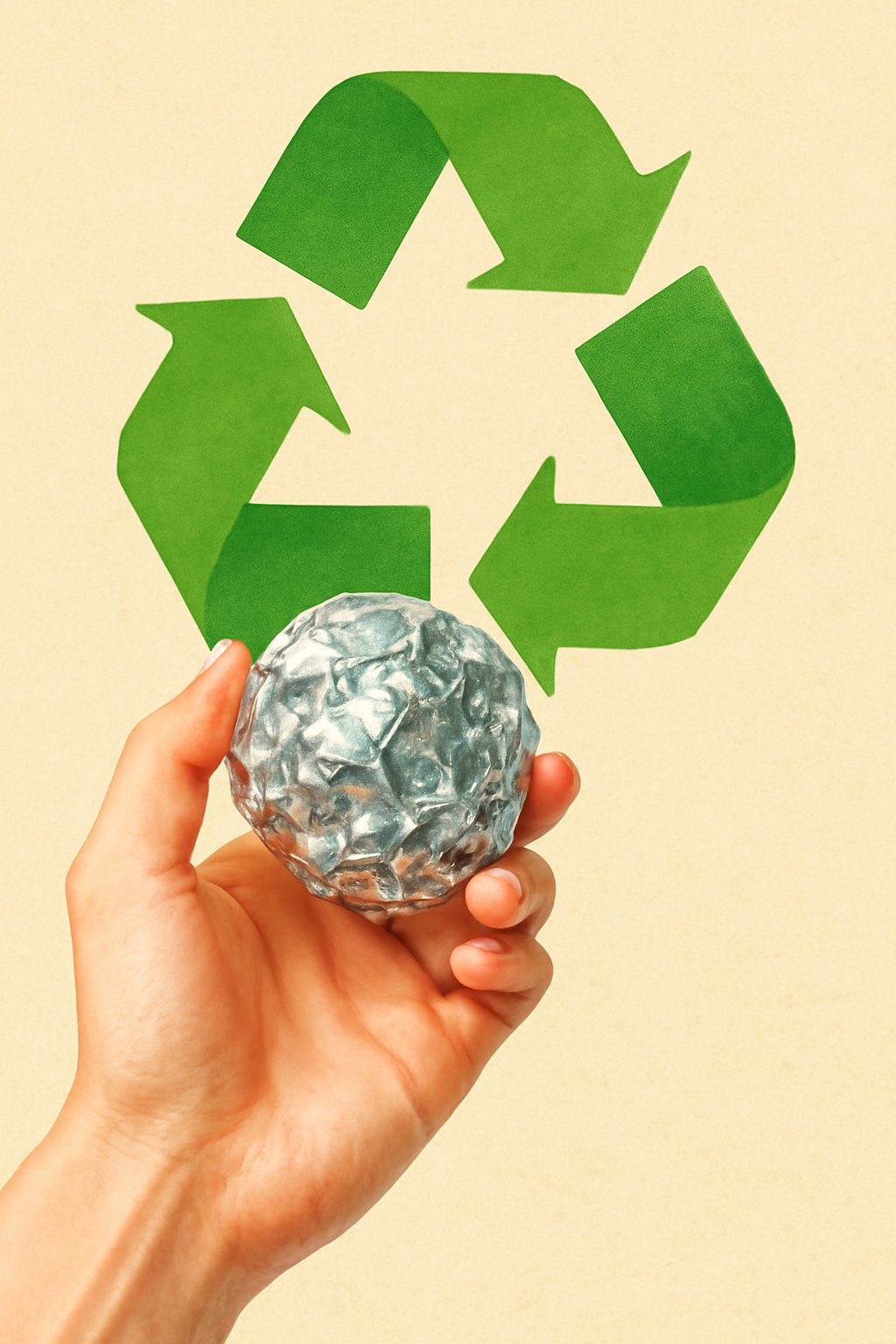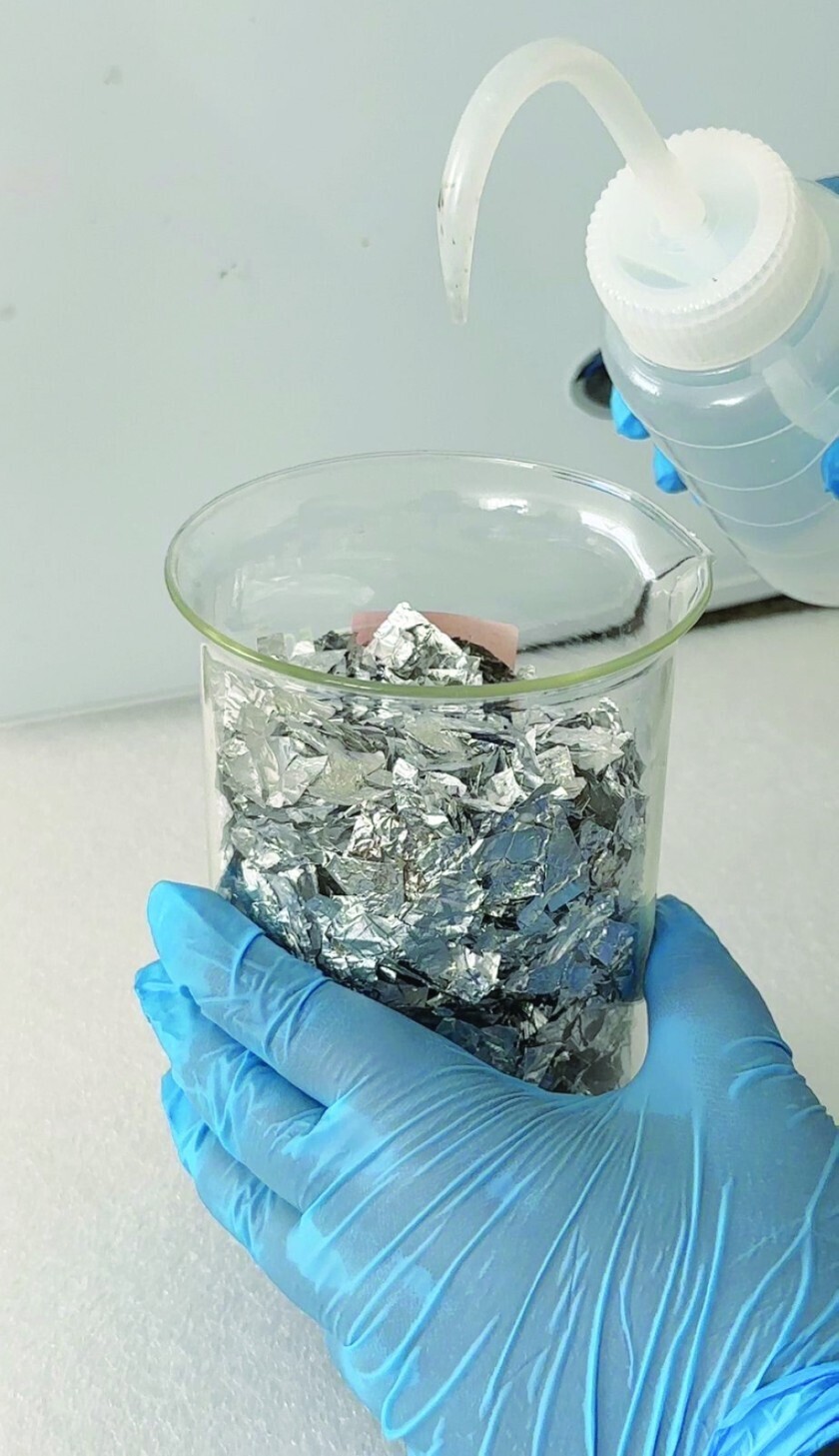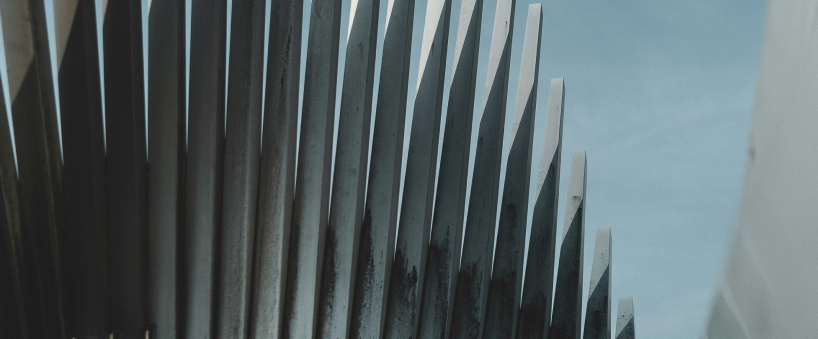

In a breakthrough that combines sustainability with cutting-edge science, researchers at the National University of Science and Technology (NUST) have developed an eco-friendly method to transform discarded aluminium foil into valuable aluminium oxide nanoparticles.

Smart solution to the growing problem of AL scrap
This green synthesis approach not only offers an innovative solution to the growing problem of aluminium waste but also opens doors to exciting new applications in energy storage, antimicrobial treatments, and corrosion protection.
The study led by Omani researcher Reem Al Maamari from the College of Engineering at the National University of Science and Technology highlights how these nanoparticles demonstrate remarkable effectiveness against bacteria and fungi, positioning them as a promising material for biological, industrial, and environmental innovations. By giving waste a new lease of life, this research paves the way for greener technologies with real-world impact.
Titled “Eco-Friendly Synthesis and Characterisation of Aluminium Oxide Nanoparticles from Waste Aluminium Foil for Antibacterial, Anti-fungal and Anti-Corrosion Applications”, this new study offers a fresh solution to one of the planet’s mounting environmental challenges, aluminium waste. With millions of tonnes of discarded aluminium foil piling up in landfills every year, the need for smarter, greener recycling technologies has never been more urgent.
Benefits of the green synthesis method
From an environmental perspective, the green synthesis method offers a sustainable way to recycle aluminium foil, cutting down waste volumes and contributing to long-term ecological preservation.

Image Source: Oman Daily Observer
How will it be incorporated?
The research team underscored the vital role aluminium oxide nanoparticles could play across diverse sectors, with a particular emphasis on healthcare. They highlighted the potential for these nanoparticles to be used in the manufacture of antimicrobial medical tools and surfaces, helping to curb the spread of infections within hospitals and healthcare facilities.
In the metal industry, the team recommended incorporating these nanoparticles into protective coatings to combat corrosion, especially in humid or marine environments where metal degradation is a persistent challenge. Their strong antibacterial properties also make them highly valuable for water purification, offering practical solutions for remote or water-scarce regions.
In the food industry, the integration of these nanoparticles into packaging materials could enhance product preservation and reduce microbial contamination, while in agriculture, they could serve as eco-friendly seed or soil treatments to control fungal infections and improve crop health.
The study’s findings highlight the transformative potential of converting aluminium waste into high-performance nanomaterials, advancing sustainability while addressing urgent environmental and industrial challenges.
Also Read: Vedanta Lanjigarh’s ‘Scrap to Sculpture’ movement turns waste into a canvas for sustainability
Conclusion
The wide-ranging potential demonstrates how waste aluminium can be transformed into high-value materials with a significant impact across multiple sectors. The research pioneers a sustainable method to convert this everyday waste into aluminium oxide nanoparticles, tiny yet powerful materials with big potential. Not only does this innovative process help tackle the problem of waste accumulation, but it also unlocks new possibilities in fields ranging from energy storage and corrosion protection to antimicrobial coatings.
By converting what is typically discarded into a high-performance, multifunctional material, the study demonstrates how green science can drive both environmental stewardship and industrial innovation. It’s a striking example of how waste can be reimagined as a resource, paving the way for a more circular, sustainable future.
Note: To feature your brand and share insights, contribute an article or interview in our forthcoming e-magazine," Sustainability & Recycling: Aluminium's Dual Commitment"
Responses








